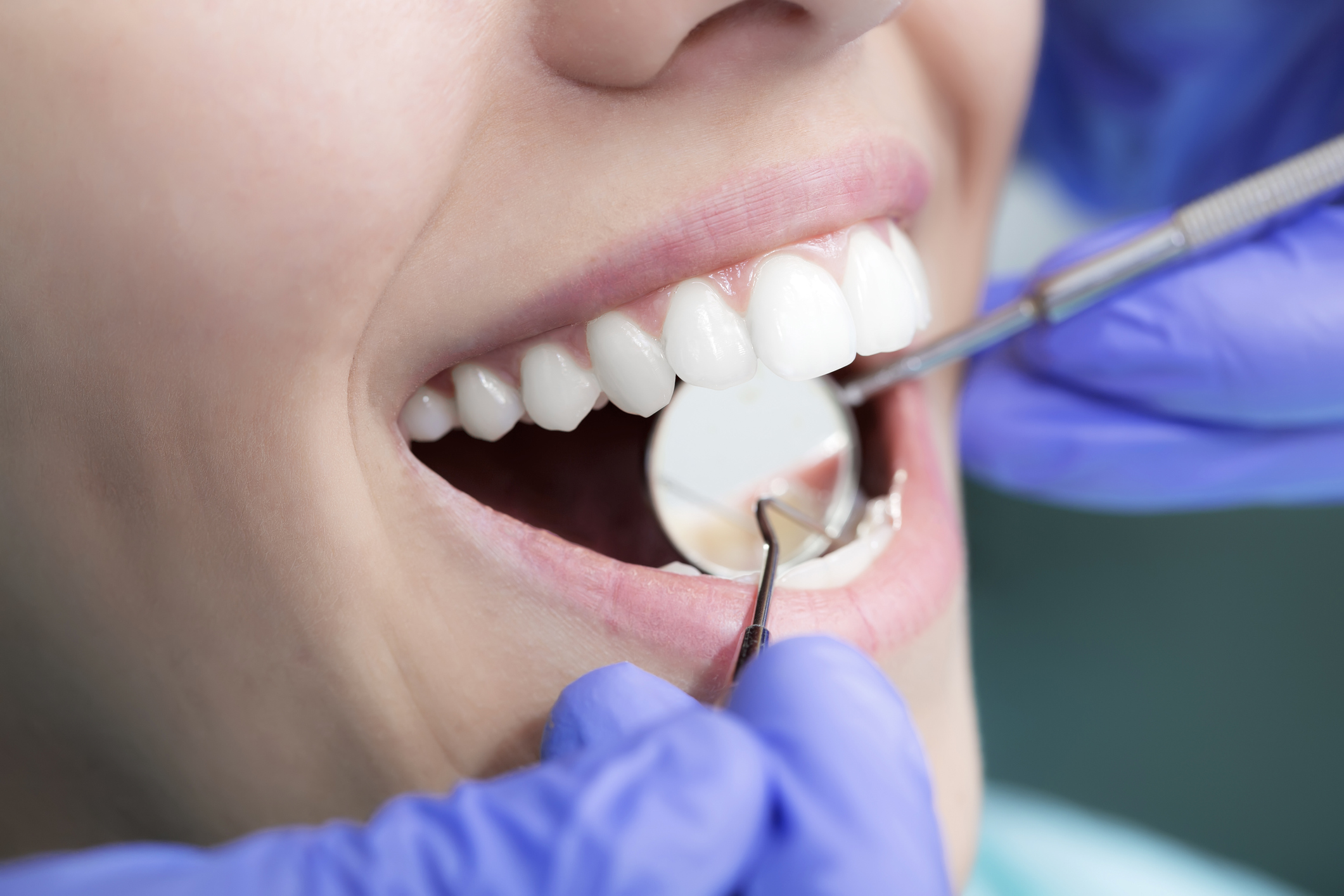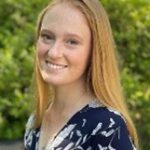Nevada’s rural dentistry — a workforce in progress

In 2018, there were estimated to be 200,000 trained oral health professionals in the United States, with an average of 61 dentists per 100,000 people in each state. Nevada fell just below the national average, with 55 dentists per 100,000 residents. Despite the relatively small deviation, the statistics do not consider one of the greatest factors: the distribution of dentists across the state. The number of rural Nevada dental professionals does not approach the top of the bell curve.
All 17 counties in Nevada have now been designated by the federal government as health professional shortage areas (HPSAs) and there are 69 geographic areas, populations or facilities designated as dental HPSAs. The shortage becomes even more profound when you consider the human impact. These dental HPSA’s leave 71.1 percent of Nevada residents in a federally focused area where there is limited access to dental care, stressing the need for increased resources and attention to address oral health disparities.
This issue didn’t happen overnight; it represents decades of rural oral practitioners leaving Nevada without adequate numbers of providers to fill the gap.
For a time, Nevada was seeing a growth of specialists as our population grew. Yet between 2012 and 2022, Nevada witnessed a decline in the number of dentists in seven of its 14 rural counties, resulting in a shortage that now leaves four counties without licensed dentists and six with fewer than 10. Rural Nevada urgently needs access to comprehensive dental services.
The challenge ahead is how Nevada will reverse this trend. Some suggestions have come from the 2022-2032 Nevada Oral Health State Plan, compiled by the Nevada Department of Health and Human Services. The plan identified several key areas in which the state could improve, yet few actions specifically targeting rural disparities have been enacted or taken up by the state legislature.
The 2022-2032 Nevada Oral Health State Plan called for “support{ing} Federally Qualified Health Centers, rural clinics, and workforce development for Oral Health.” The state Legislature took great steps in achieving this goal when it approved the scope of practice work for dental therapists in 2019 (SB366) but it was a scaled back version that does not go as far as other states that have seen success in bolstering their workforce with this program. In Minnesota, where the state passed dental therapy legislation more than a decade ago with a broader scope of practice, clinics have experienced the ability to serve more patients, which has resulted in greater health outcomes and clinic solvency. It has also allowed for a higher rate of dental visits in urban and rural communities.
The Nevada Legislature also passed AB147, which was a big win in loosening restrictions around teledentistry, but the state is already lagging behind our neighbors in dental regulations. Earlier this year, Oregon passed HB3223, which removed barriers to entry for dental assistants to aid in clinics, and Utah passed similar legislation, SB237, that allows for dental hygienists to see patients and assume more liability.
Rural communities in Nevada deserve access to adequate dental services but are still underserved compared to other states. Nevada is laying the groundwork, but there is still more to be done. Nevada must shift the focus from who can serve to how it educates.
Nevada is fortunate to have a publicly funded school of dental medicine; however, despite best efforts there has not been a strong pipeline into rural communities in recent years. The UNLV School of Dental Medicine educates more than 320 predoctoral students and 52 dental residents each year. This is a vast home-grown network of possible practitioners who could help alleviate the shortage in rural communities. While the UNLV School of Dental Medicine continues to work with the state on innovative funding approaches to support rural communities, more state-funded grants and scholarships could go a long way.
The Nevada Health Service Corps, a program that offers loan repayment for practitioners and registered clinical dental hygienists in exchange for engaging in full-time clinical practice in an assigned community, recently received additional funding for underserved communities. This funding, atop the work being undertaken at UNLV, should help expand access in areas with unmet need in the coming years.
Continued commitment to these programs shows there is a desire to remedy the alarming trend that Nevada’s oral health workforce has seen in the past decade. Simple and impactful fixes exist that can help alleviate the dental workforce issue if the state can capitalize on them.
Zil Joyce Dixon Romero is the state government affairs manager at the National Rural Health Association. Piper Martin is a program services coordinator at the National Rural Health Association, based in Washington, D.C. She is pursuing her Master of Public Health in health policy at George Washington University.
Funding for this article was provided by the CareQuest Institute for Oral Health and the National Rural Health Association.
The Nevada Independent welcomes informed, cogent rebuttals to opinion pieces such as this. Send them to [email protected].

